Family is supposed to stand behind one another, especially those who have been wronged in life. While people from the outside can help too, it is our closest circle whose support often matters the most.
However, after a horrific car accident that left her paralyzed, Reddit user SnowflakeFairy_06 felt like some of her loved ones were using her more than they were willing to give back — namely, her sister and mother, who pretty much forced the teenager into babysitting whenever they needed.
Eventually, the girl decided that enough was enough and told them that her plans came first — and that caused a huge fight.
Despite being confined to a wheelchair, this teenager still tries her best every day

Image credits: freepik (not the actual photo)
But her mom expects her to put the family’s needs above her own
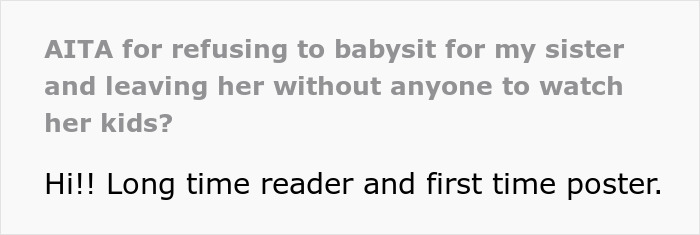
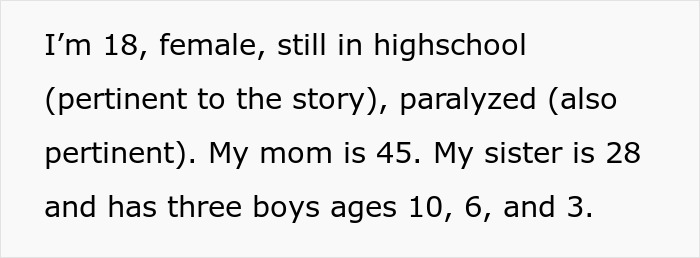
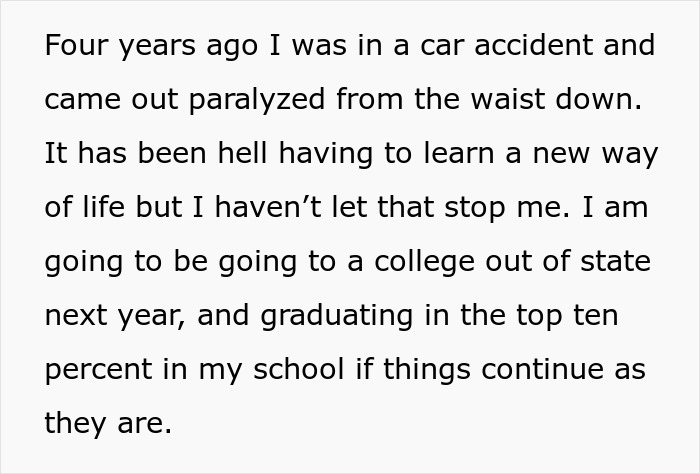
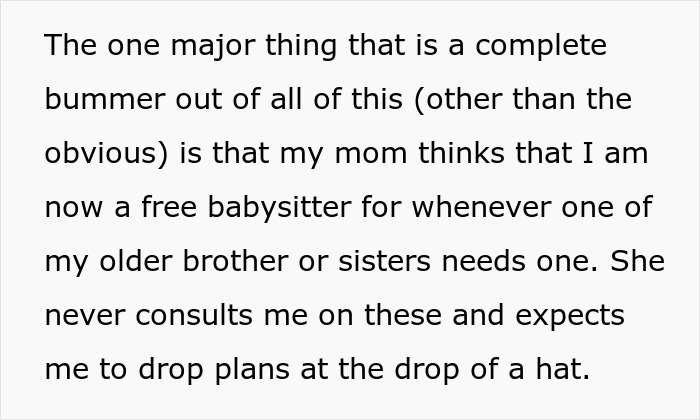
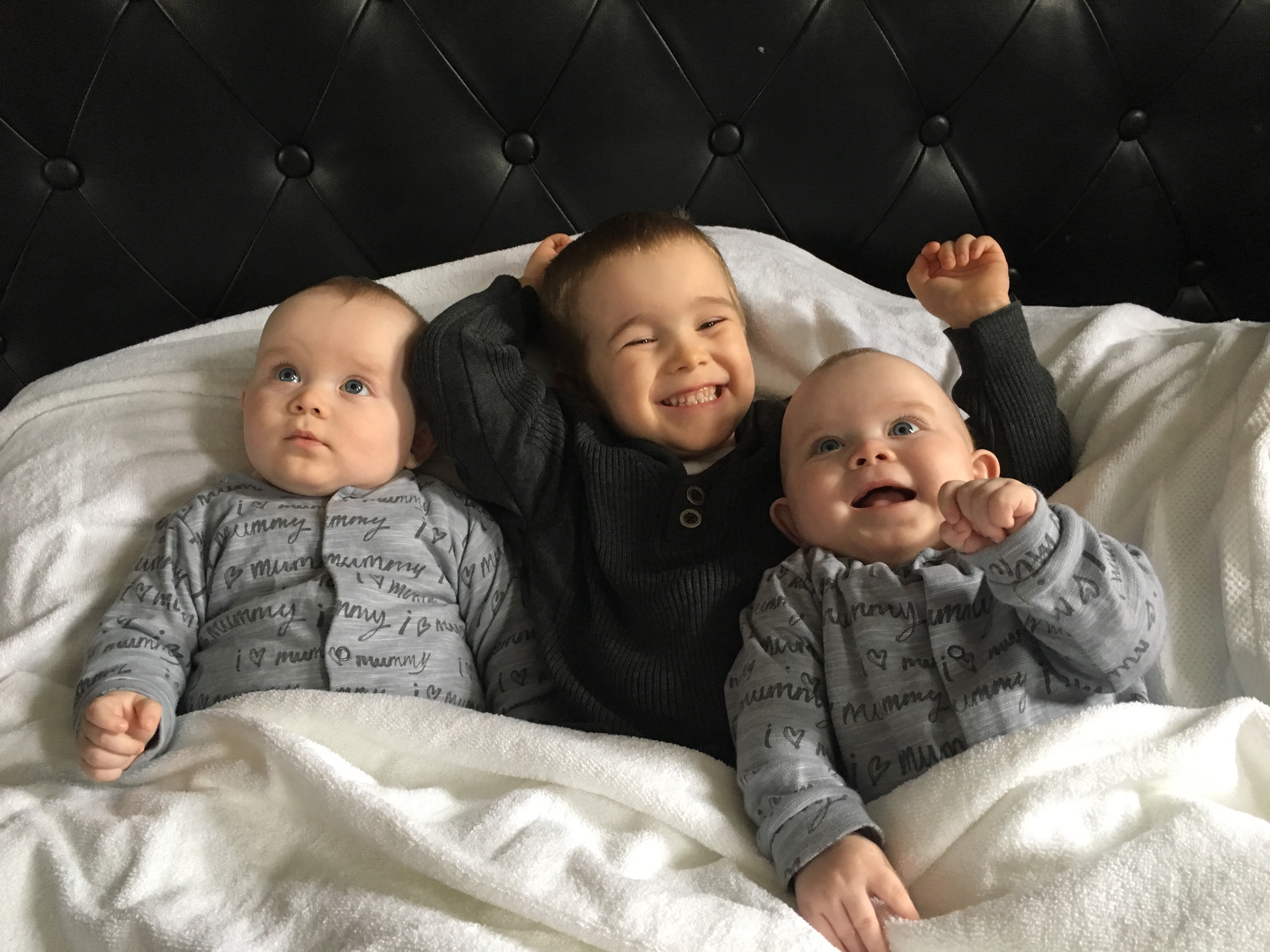
Image credits: EyeEm (not the actual photo)
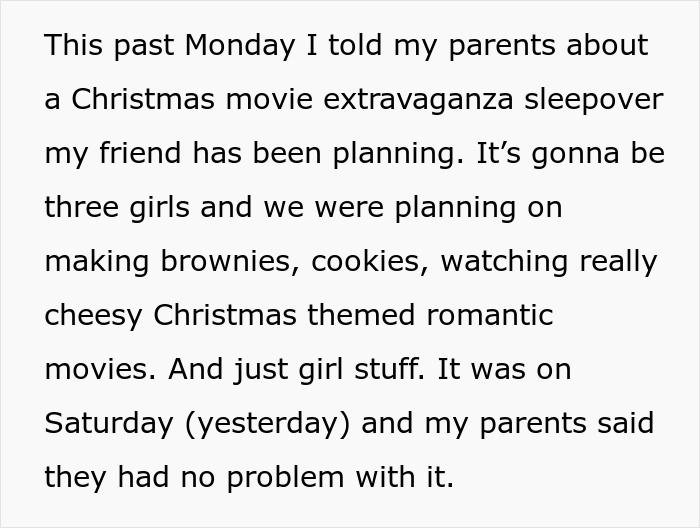
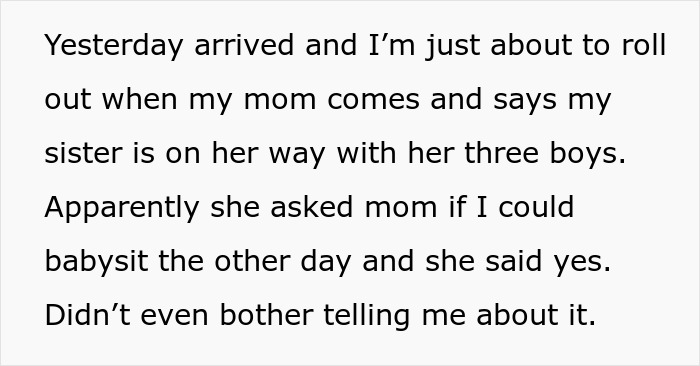
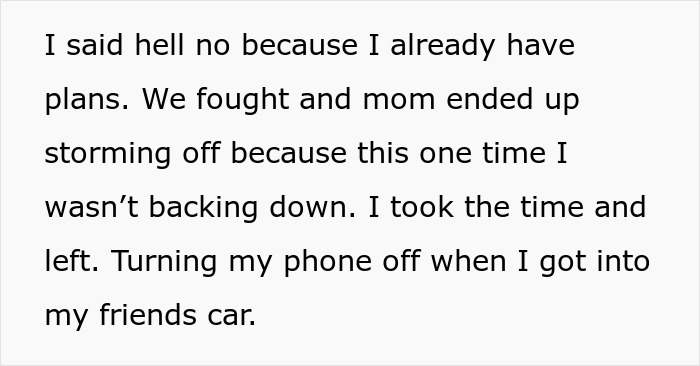
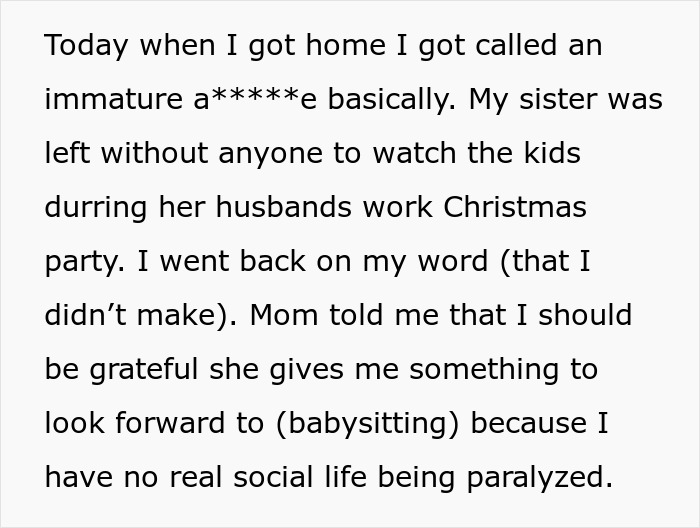
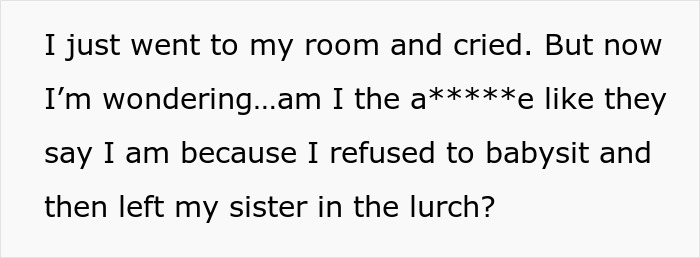

Image credits: vermenko.denis (not the actual photo)
Shortly after publicly telling her story, the girl released an update on her situation
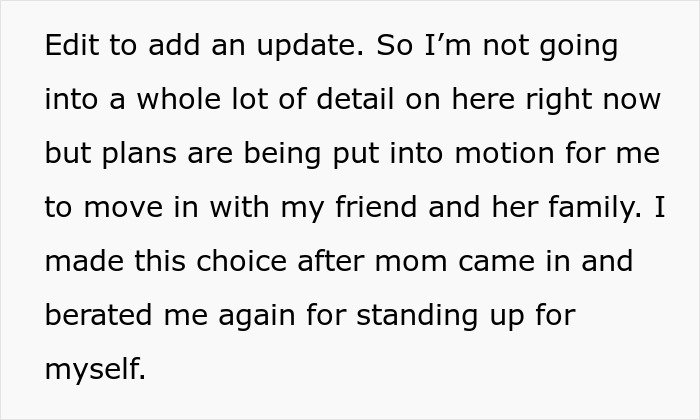
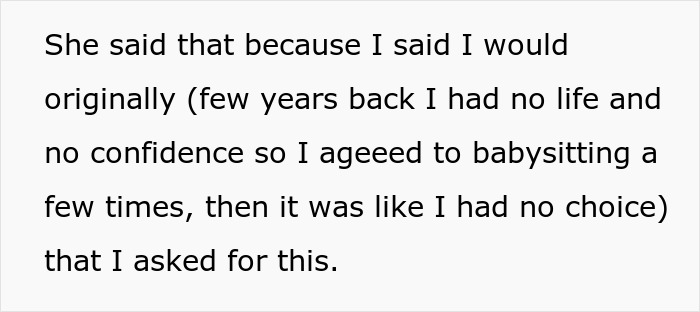
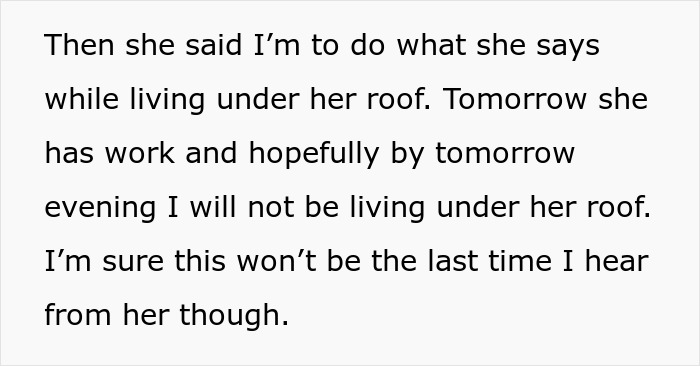
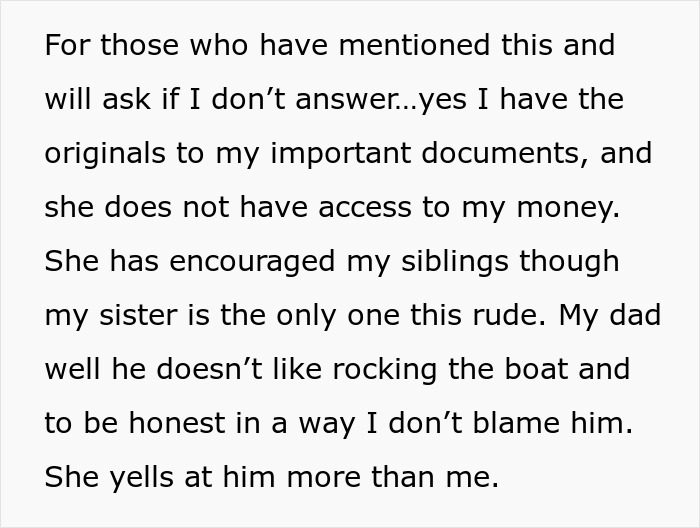

Image credits: stockking (not the actual photo)
And then another one, clarifying that she followed through on her plans to move out
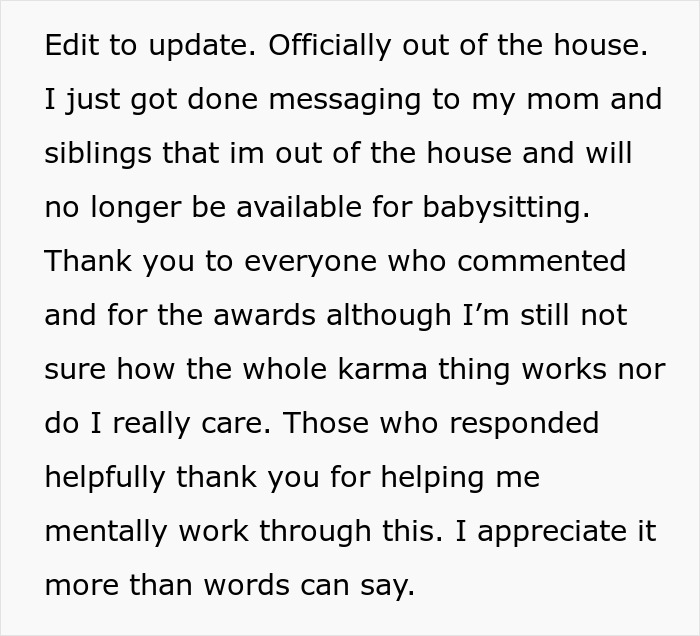
Image credits: snowflakefairy_06
This teen’s experience represents a wider problem
In the United States, the number of family caregivers has increased to 63 million, representing a 45 percent increase, or nearly 20 million more caregivers, over the past decade, according to a recent report by AARP and the National Alliance for Caregiving (NAC).
This means roughly 1 in 4 American adults are caregivers, with 59 million caring for adults and 4 million for children under 18 with an illness or disability.
Compared to the past few decades, today’s typical family caregivers are younger, more diverse, and more likely to be juggling multiple roles, with nearly a third caring for both children and adults.
“When AARP first started tracking caregiving in 1997, the image of a family caregiver was a 48-year-old woman caring for her mother,” says Rita B. Choula, senior director of caregiving at the AARP Public Policy Institute.
“We’re seeing growth in younger caregivers, especially among racially and ethnically diverse communities. Now caregivers are just as likely to be a Millennial or Gen Z family member, part of the ‘sandwich generation,’ juggling a job, young kids, and an aging parent.”
The report reveals that the intensity and complexity of caregiving are also escalating. 44 percent of caregivers report providing high-intensity care, with 30 percent having been in the role for at least five years.
“This isn’t just picking up groceries or checking in once a week,” Choula adds. “More caregivers are managing serious, ongoing medical conditions at home, and they’re doing it for longer periods of time.”
Despite being responsible for others, many caregivers struggle with their own health needs. For the first time, the AARP report evaluated the health of caregivers themselves and found that nearly 1 in 5 (20 percent) report fair or poor health directly attributable to their caregiving duties.
Moving out of your parents is a brave decision, but it has its advantages
Living at home might postpone rent, but it can also postpone progress.
Turns out, pressure is good for young adults. It forces them to budget with intention, develop discipline, and build habits that rarely form when the stakes seem low.
Thrivent’s survey backs this up: only 46% of young adults currently living at home earned high marks from their parents for budgeting skills, compared with 63% of peers who left the nest and didn’t come back.
Even more concerning is that many young adults aren’t saving at all, despite increased levels of living at home primarily to save money. A 2022 Morgan Stanley report found that some “boomerang” kids were actually spending more on nonessentials, helping drive a luxury goods boom among young adults with low living expenses and high discretionary income.
And when they do save, it’s often not enough to close the wealth gap. Millennials report having an average of $110,556 in savings—nearly half the average savings held by Boomers, according to a 2025 Newsweek survey. And nearly 1 in 5 Millennials has no savings at all.
At a time when rents are softening and financial habits could be sharpened, many young adults are falling further behind, and living at home might be further hurting their future. So while it’s incomprehensible what the teenager is feeling on the inside, if her support system holds up, she might not be doomed, after all. And who knows, maybe this is precisely the wakeup call her family needs to take a good look at their actions and realize they can and should do better.
People who read what happened were disgusted by the mom’s behavior
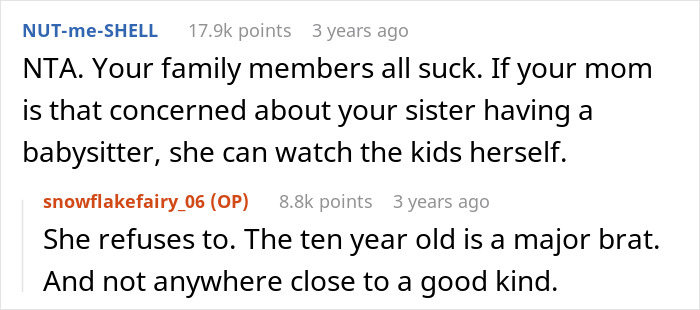
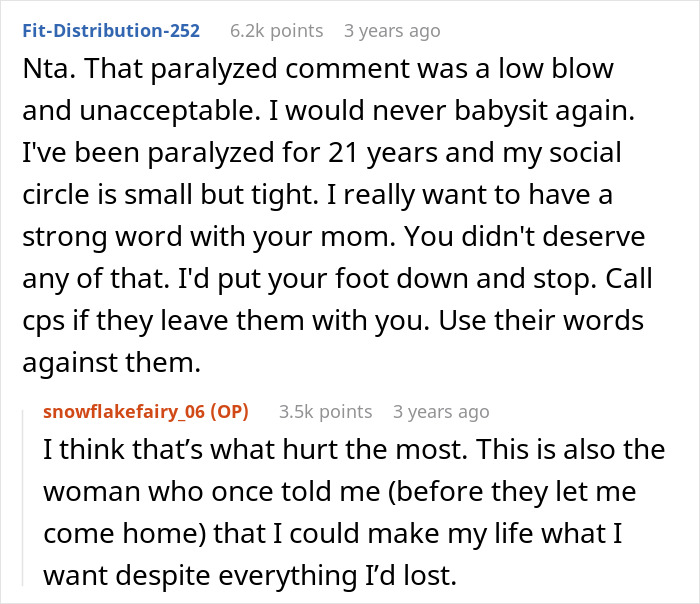
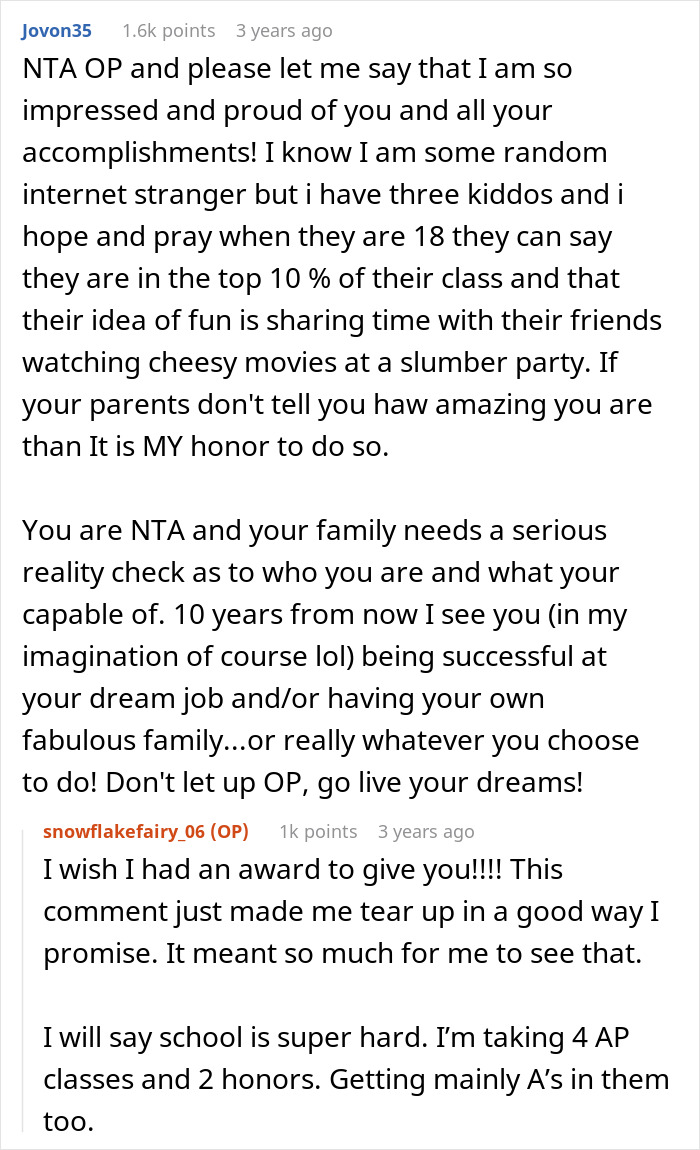

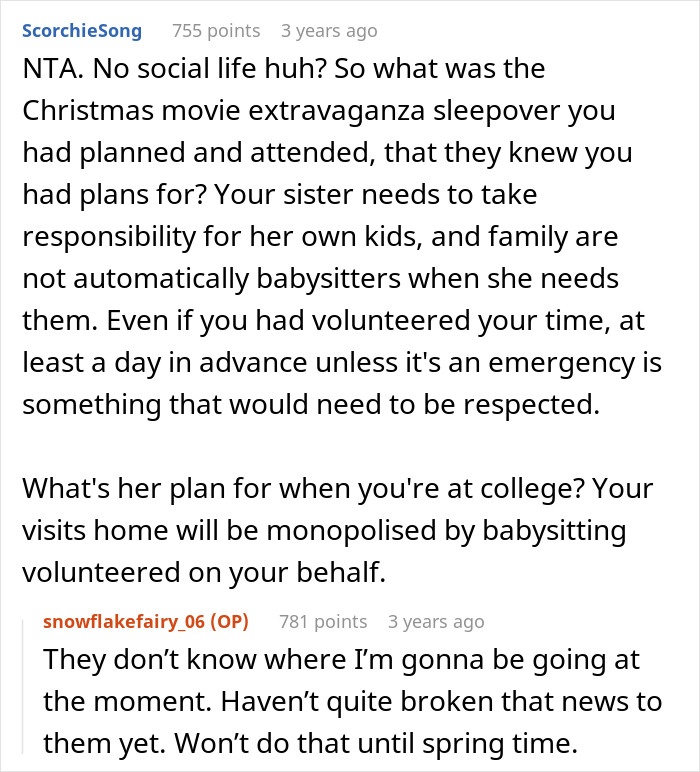
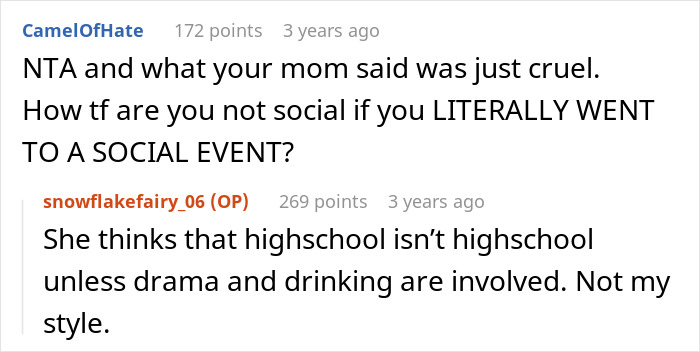

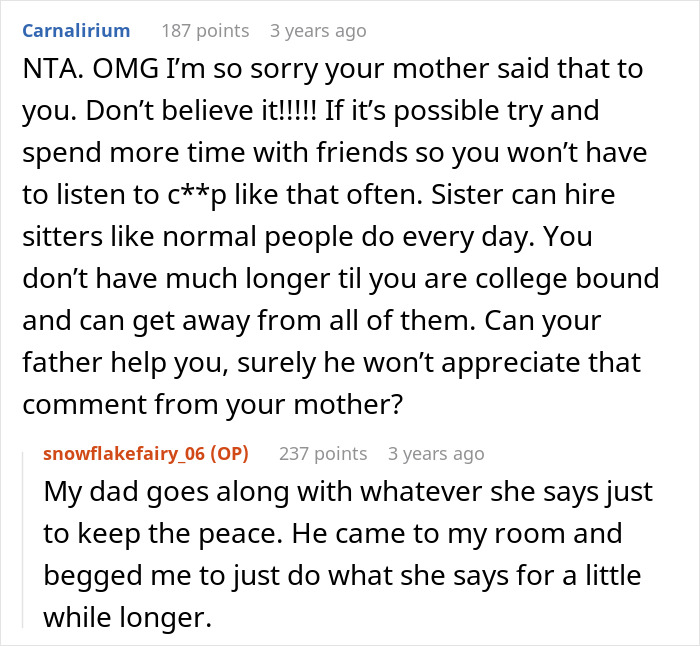
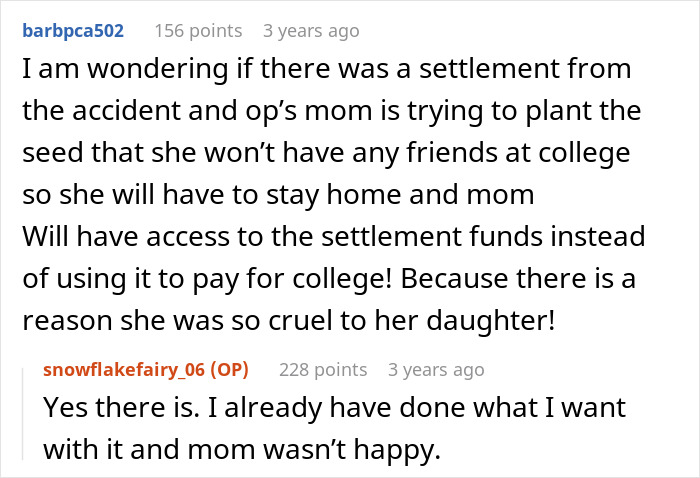
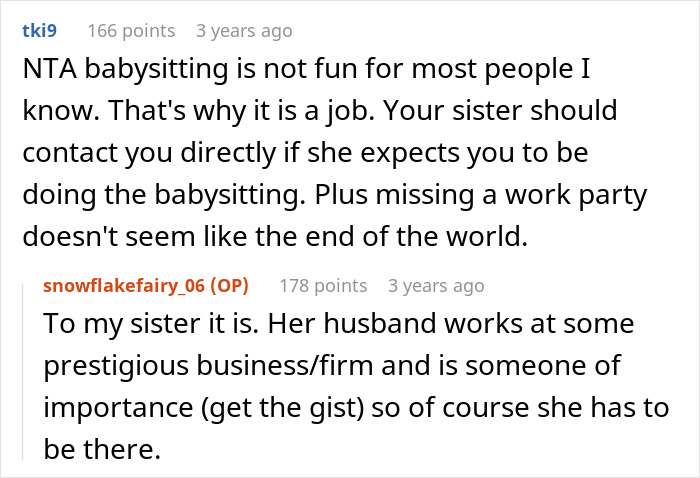
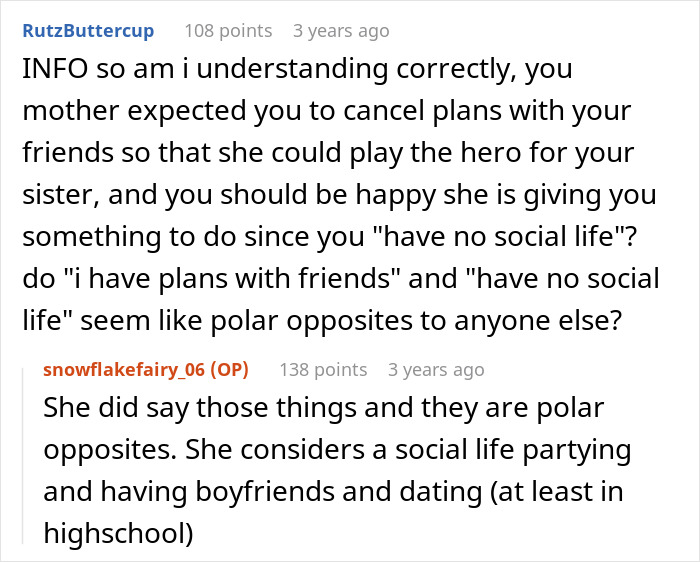
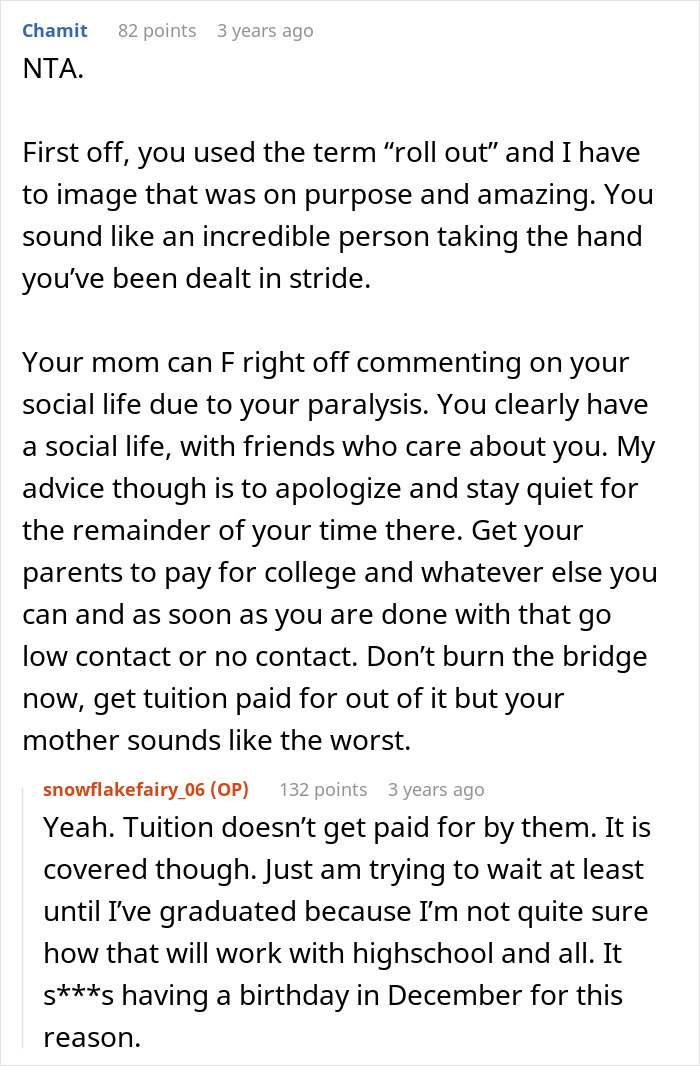
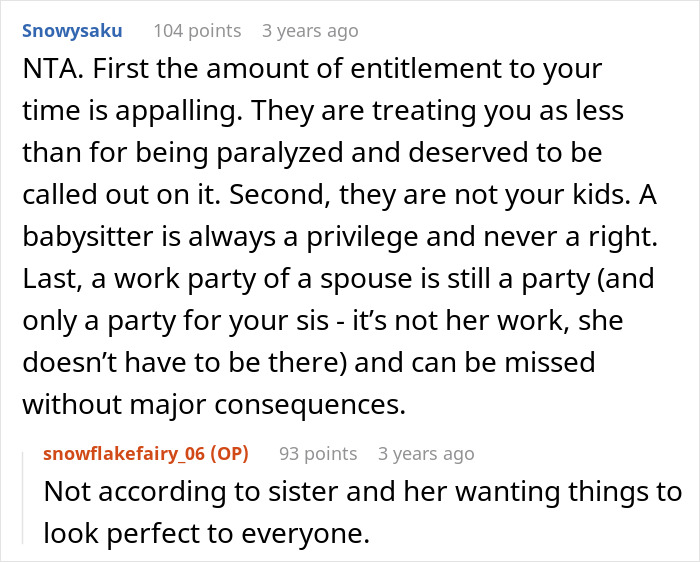

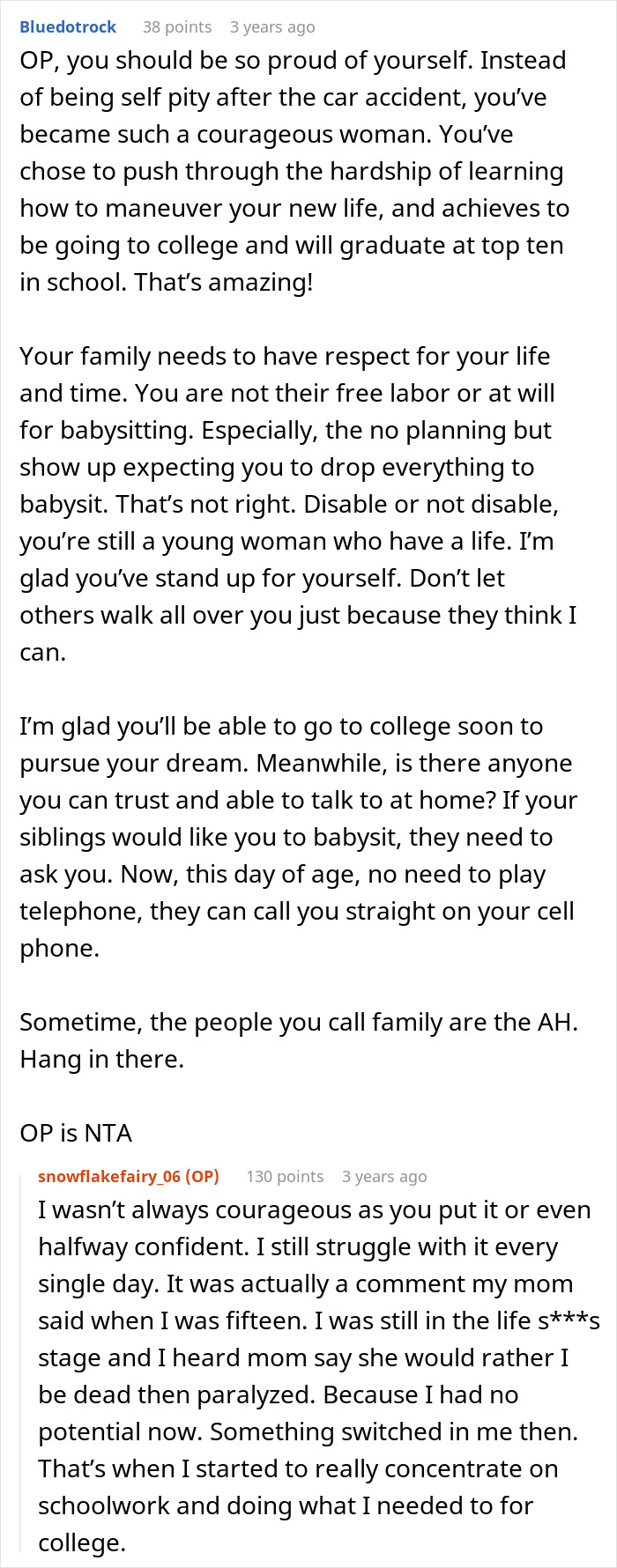
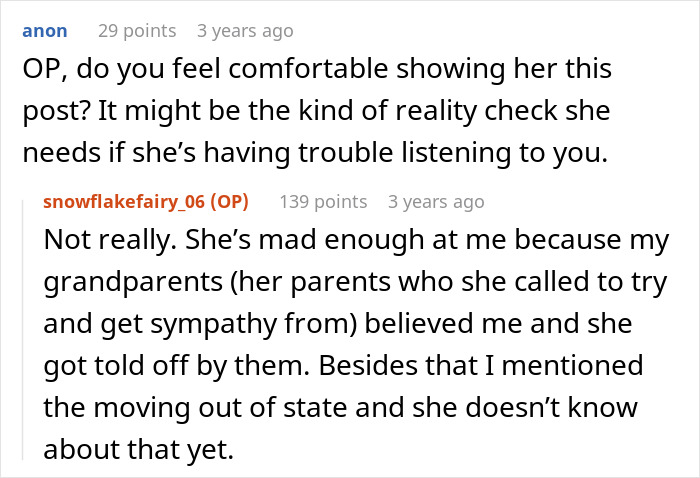
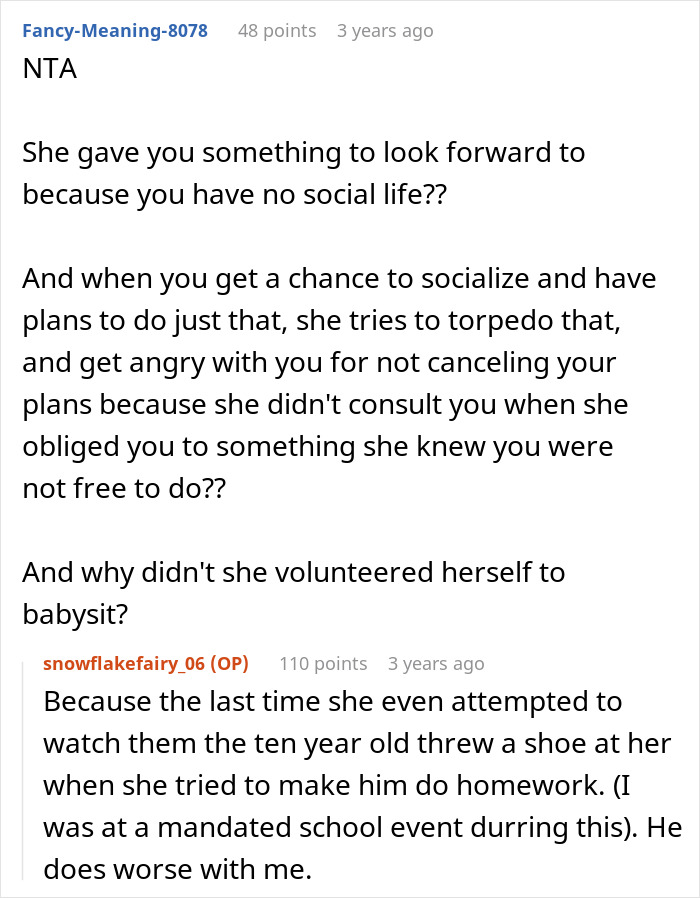
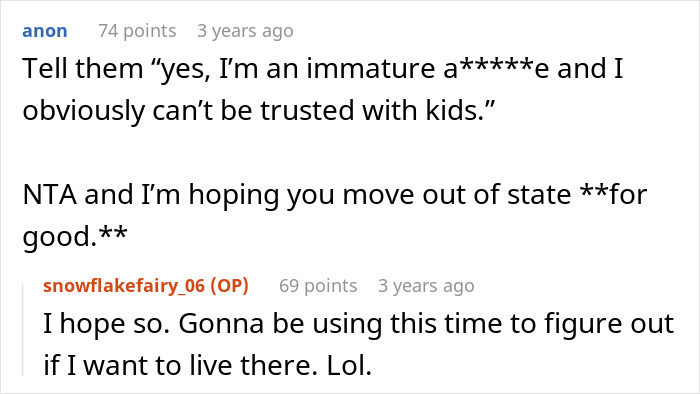
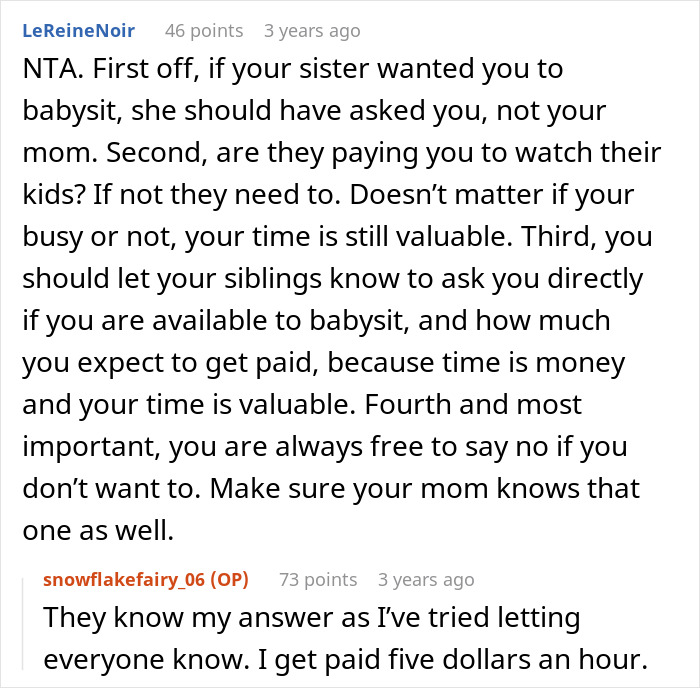
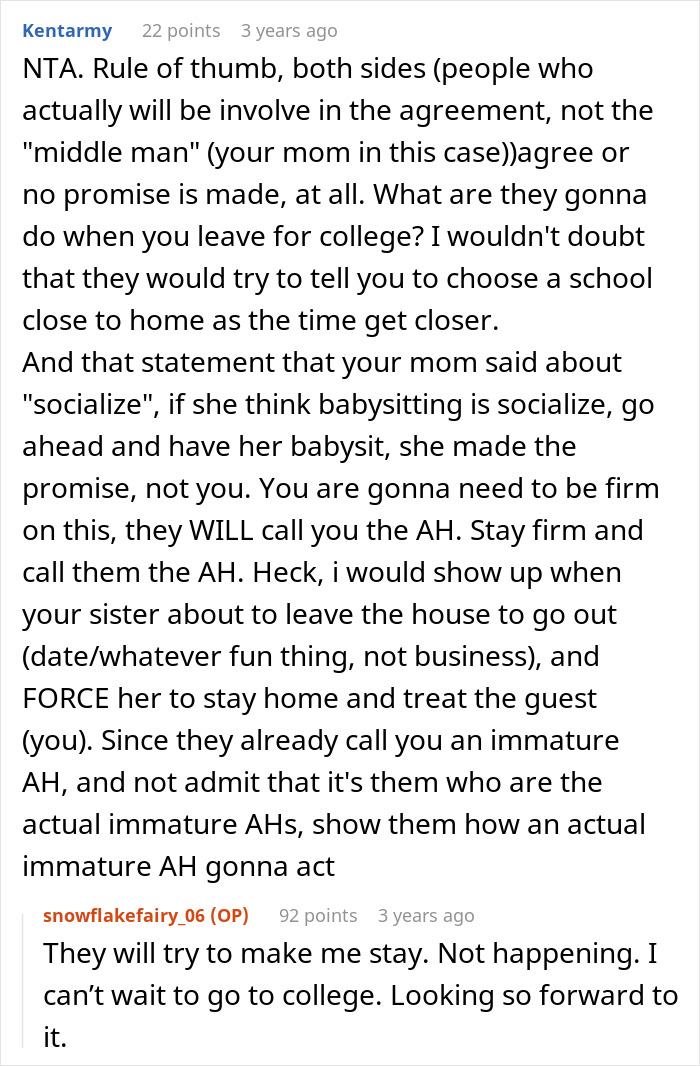
 Follow Us
Follow Us





